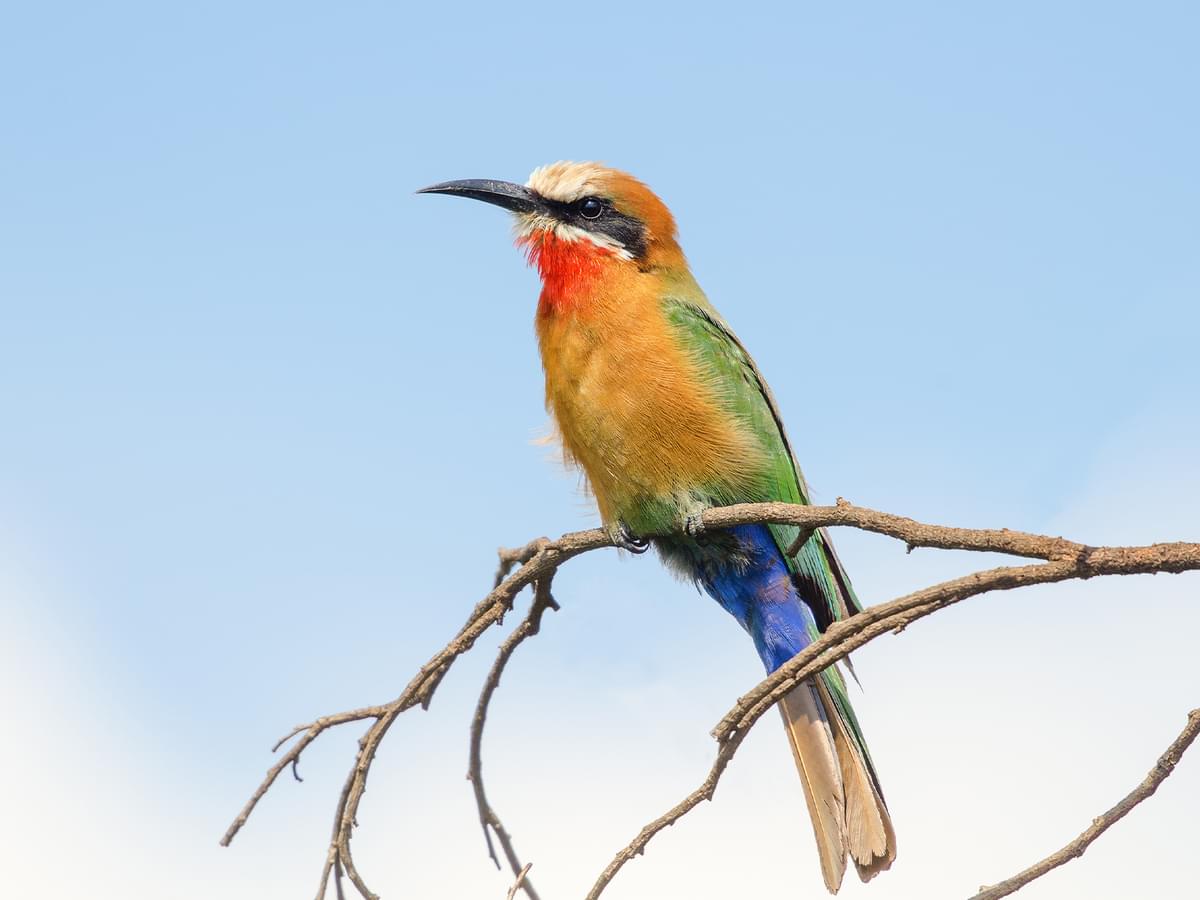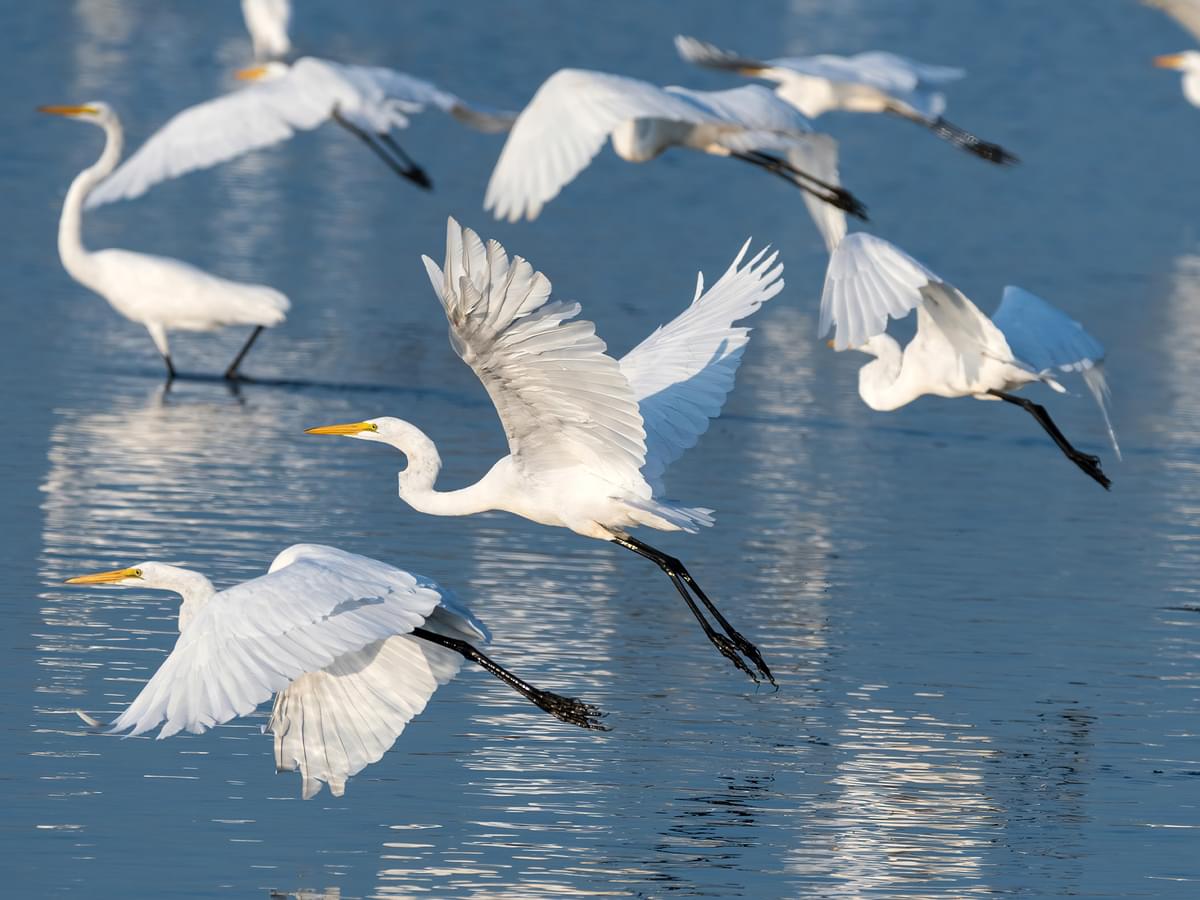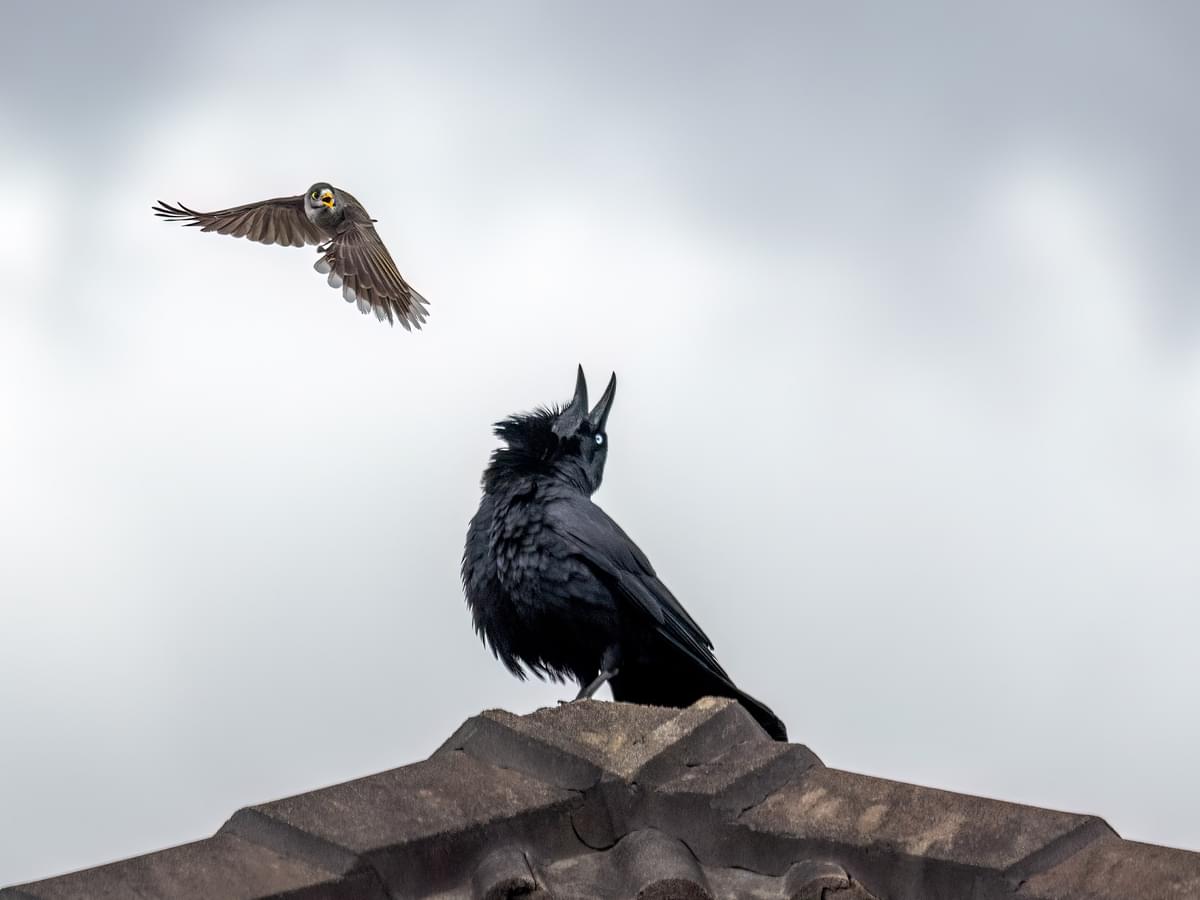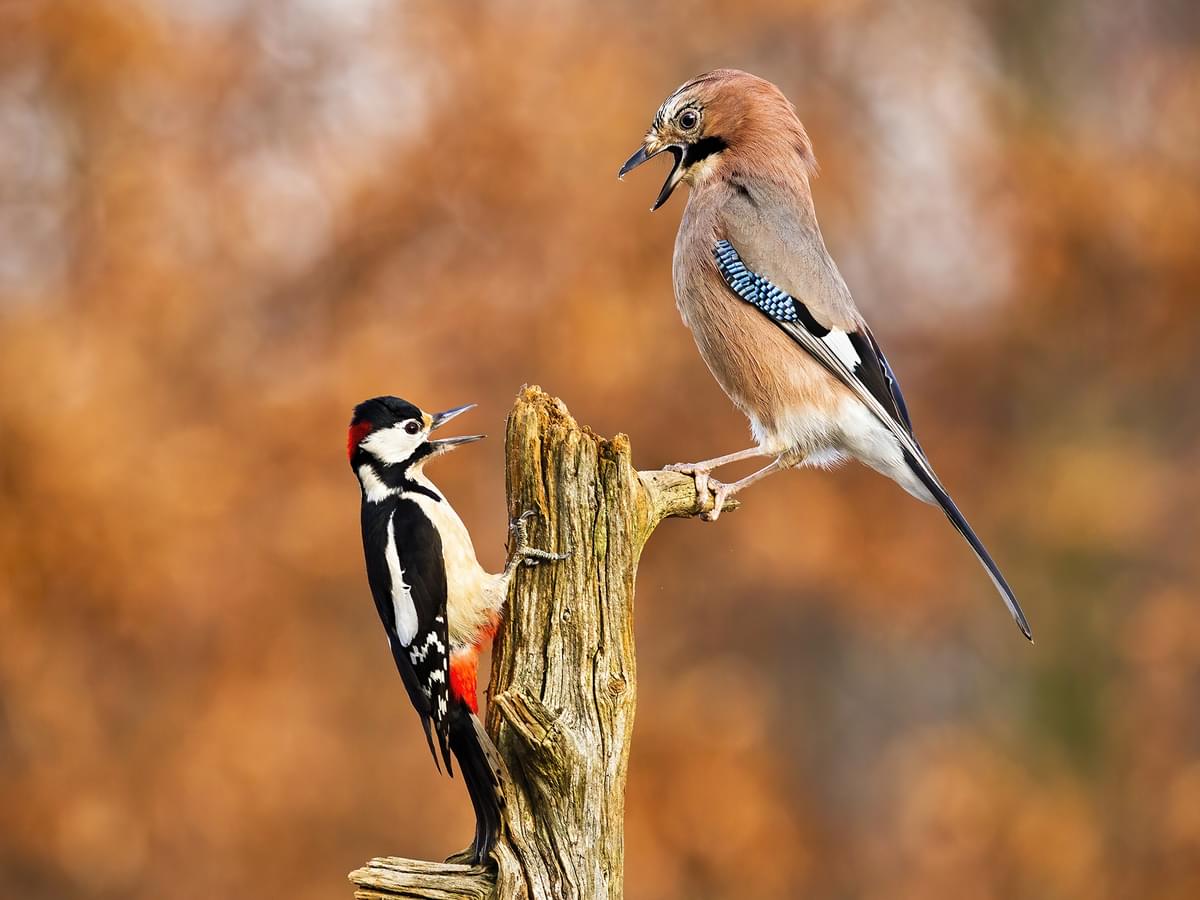Social Structures
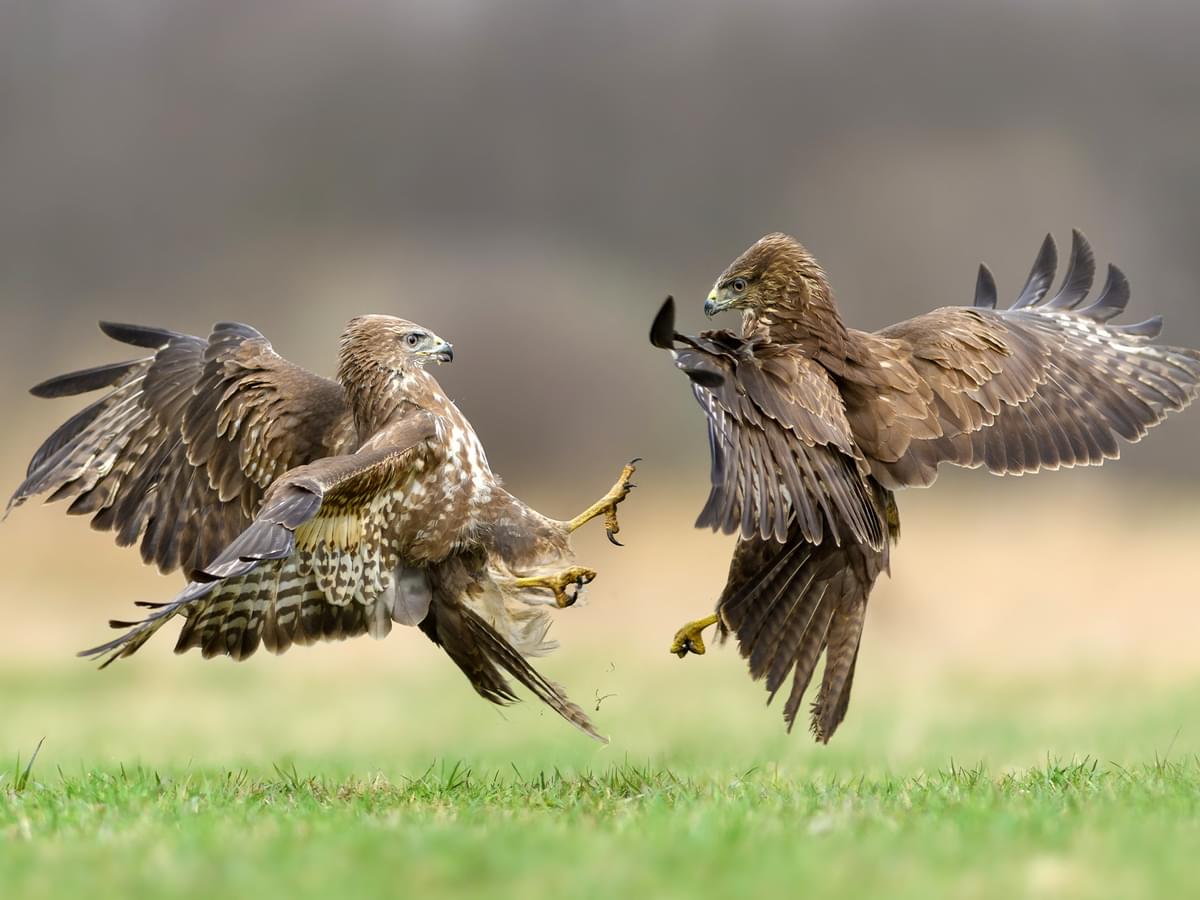
Overview of Bird Social Structures
Birds have developed amazing solutions to everyday problems, including specialized morphology, hunting, foraging, and migration habits. However, sometimes teamwork is essential to get the job done, resulting in some complex social structures and behaviors.
Understanding the social side of bird biology enriches our bird-watching experience but also advances the study of animal behavior in general and helps scientists and managers develop strategies for conserving bird populations.
This guide introduces the fascinating world of bird social structures. Read along with us to learn more about bird pair, family, and colony dynamics.

Pictured: A Yellow Wagtail. Understanding the social side of bird biology enriches our bird-watching experience
Basic Social Units
Pair Bonds
Birds have many breeding strategies, but all can be described as either monogamous or polygamous. Many birds are seasonally monogamous, meaning pairs form before mating and then may or may not work together to raise their young. Songbirds like Northern Cardinals and Robins usually use this strategy.
Some birds manage to hold down a relationship for more than a year or sometimes even their entire lifetime. These birds may remain together all year or reunite each breeding season. Examples of these bird romantics include Bald Eagles and Mute Swans.
Sometimes, choosing the best genes is more important than dual parenting, so female hummingbirds mate with the best male they can find and then go off to raise their young alone. In some cases, the roles are reversed, and female African Jacanas will mate with several males and leave each one to raise the young alone.

Some birds manage to hold down a relationship for more than a year or sometimes even their entire lifetime like the Mute Swan (pictured)
Family Groups
The typical bird family includes a male and female and their young or a single parent and their young. To successfully reproduce, most birds build a nest, lay and incubate eggs, and then feed their young until they reach independence. These roles may be shared equally or unequally depending on the species.
In some cases, young birds will delay their own start at breeding and remain together with their parents to assist in raising their younger siblings.
Other birds breed cooperatively, where the eggs and offspring may be raised by several birds which may or may not be their biological parents. These are relatively rare strategies used by just a few hundred known species, including various Jays, Acorn Woodpeckers, and Ground Hornbills.

Pictured: An Acorn Woodpecker bringing food to the nest
Bird Flock Dynamics
Formation of Flocks
Many birds live, migrate, or feed in flocks. Congregating at a feeding or roosting area is easily explained when suitable sites or resources are limited, but birds can also benefit from each other's company.
The most important benefit of bird flocks is safety in numbers, which increases their awareness of predators and reduces the risk of being singled out. However, individuals can also share important information about food resources.
Birds usually flock together as a species, but many will form mixed flocks with two or more species. Terns and shorebirds frequently roost in huge mixed flocks. Bird flocks can vary in size from just a few individuals to a few million, and they can form and move in some fascinating ways.
Starlings, for example, form amazing murmurations before roosting, where they wheel and turn together in fantastic shapes. Geese and many other water birds fly in a much more orderly ‘V-formation’ called a skein. In this formation, the birds behind the leader at the point of the ‘V’ benefit from the lift and pull of the birds ahead of them and can save over 10% in energy.

Starlings (pictured) form amazing murmurations before roosting, where they wheel and turn together in fantastic shapes
Hierarchy and Roles within a Flock
Have you ever heard of the concept of the pecking order? Well, this quite literally describes the dominance behavior of many bird species.
While they may not have a president, prime minister, king, queen, or other leader, birds generally have a dominance structure, which can affect their access to roost sites, food sources, or position in flight.
Male birds are often dominant over females, and mature birds are dominant over younger ones. However, status is also achieved by chemical differences that increase aggression and help some birds consistently come out on top during conflicts.
Perhaps more important than dominance is peace and cooperation. In some cases, the different individuals within the flock may have their own roles to play for the greater good. Choosing the right flight path can affect all the birds in a flock, so this responsibility requires leadership.
In Pigeons, the flock follows the fastest birds, which effectively lead the group. Some birds will selflessly watch out for the rest of their flock. Arabian Babblers, for example, post sentinels that take turns to watch out for predators while the rest forage.

Pictured: Arabian Babbler. This species are post sentinels that take turns to watch out for predators while the rest forage
Nesting Colonies
Types of Nesting Colonies
Many birds nest colonially in groups ranging from a few pairs to hundreds, thousands, or even millions. Species like seabirds may nest together where cliffs and other suitable sites are limited, while gregarious birds like Rooks likely nest together for the benefit of shared information and safety.
Colonies are a safer place for birds to nest because there are more eyes and ears to detect predators and probably a lot more potential prey than a predator can eat. Nesting colonially also ‘floods the market’ with eggs and young so that nest predators can’t pick them all off.
Birds may nest in single-species colonies or mixed colonies, and multiple species may nest side-by-side in seabird colonies and heronries. The following birds are good examples of colonial nesters:
- Kittiwake colonies nest on sea cliffs
- Social Weaver colonies nest in massive communally-built nests
- Rooks nest communally in the upper branches of large trees
- Sand Martins/Bank Swallows nest communally in burrows in earth-walled riverbanks

Kittiwakes (pictured) are good examples of colonial nesters
Interactions within and between Colonies
Competition for a suitable nest site can be high between colonial nesters, and many species will be fiercely territorial over their patch. Sometimes, birds can be a serious threat to each other, and species like Gulls are known cannibals of other Gull eggs.
However, not all interactions within the colony are hostile. Colony nesting birds may also stand together to defend each other against predators and (passively) share information about food sources.
Colonies often occur where food is abundant or where there are plenty of available sites for nesting. However, these resources are limited, so colonies can only support a finite number of pairs.
To reduce competition, seabird colonies often have separate foraging areas. These areas may be defended under normal circumstances but more relaxed when food is especially abundant.

Pictured: A Southern Black-backed Gull in flight with a stolen Gannets egg in its beak
Communication in Social Contexts
Vocalizations
Birds are masters of vocal communication, and songs and calls are especially useful in social interactions. Birds use songs to proclaim their territories, which is useful for attracting mates and deterring potential rivals.
Calls, which are often simpler, shorter vocalizations, are used to communicate many important messages, such as:
- Distress when captured by a predator
- Threat when a predator is detected
- Aggression when an individual approaches too closely or enters a nesting territory
- To maintain contact while foraging or prevent collisions when moving as a flock
- Parents of some colony nesting birds can identify their young by their voice
Non-vocal Communication
Birds also use posturing and displays to communicate socially. These include elaborate courtship displays that highlight a male’s fitness when attracting a mate and aggressive postures like lunging, pecking, and even full-on attacks when establishing dominance or defending their partner or young.

Pictured: Song Thrush Chicks in the nest waiting to be fed by their parents
Summary
From the simple devotion of monogamous Eagles to the ordered chaos of a Starling murmuration, all birds socialize to some extent. Working with (or against) other members of their species is the secret to surviving in a world with limited resources and hungry predators waiting in the wings.
Let’s recap with a brief summary of bird social structures:
- Birds may form stable, long-term bonds, practice seasonal monogamy, or mate with several partners in a single breeding season.
- Many birds band together to migrate, live, or breed in colonies. These groups vary from just a few individuals to several million.
- Bird colonies may break up before the breeding season, or birds may assemble specifically to breed.
- Birds within a colony benefit from each other's presence but also compete for nest sites and food resources.
- Vocal and non-vocal communication is used to attract and repel other birds and share important information about threats and opportunities.
Further steps
Whether you’re watching birds come and go from your backyard feeder or aggressively defending their nest sites at a seabird colony, their social interactions are one of the most fun and exciting behaviors to observe.
We hope this introduction to bird social structures has inspired you to pay closer attention to the way birds interact with each other. There’s always something new to learn about bird behavior!
